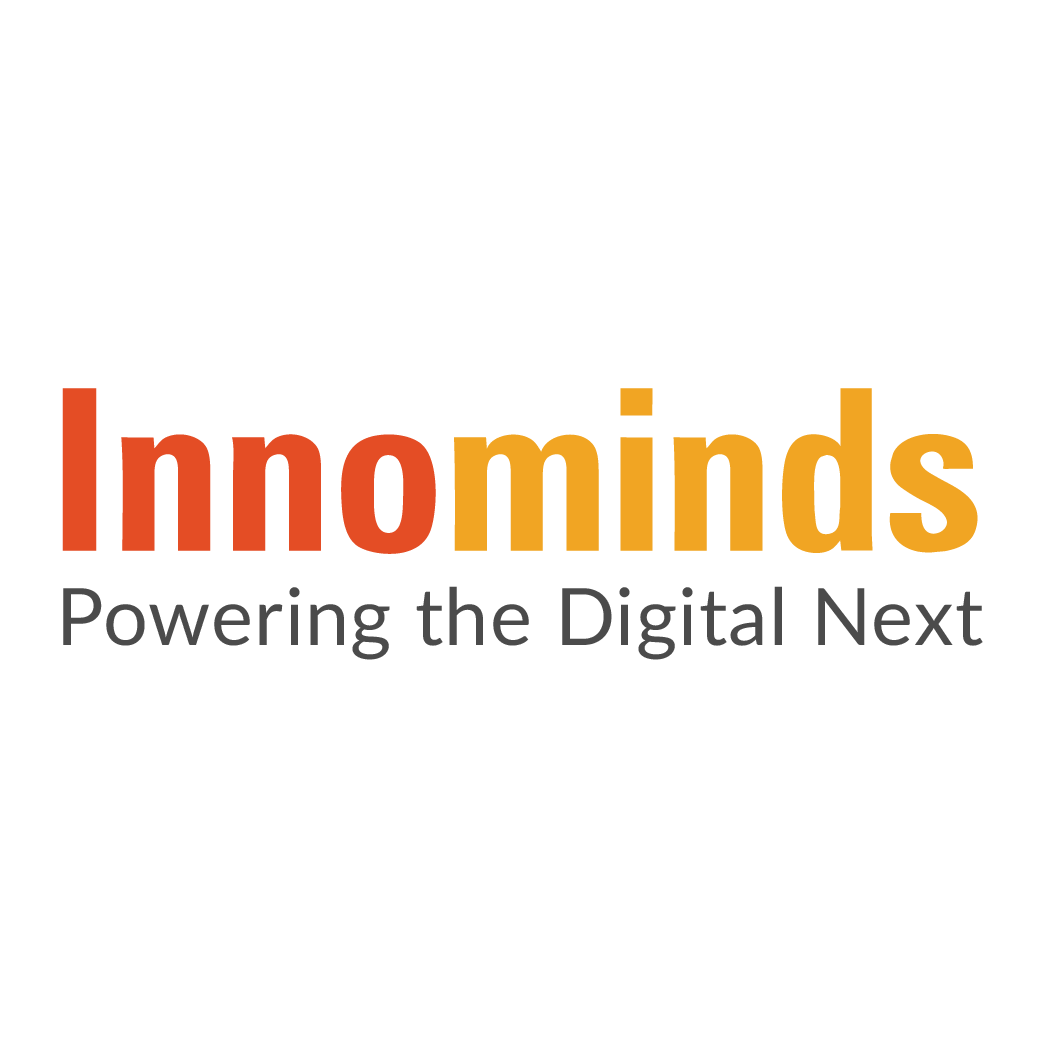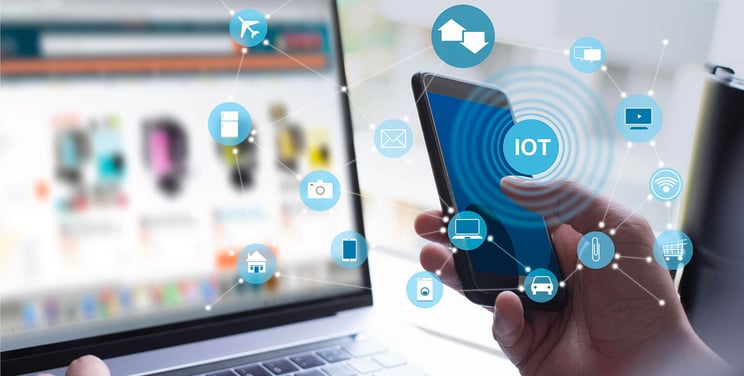
Boosted by the growing adoption of advanced technologies, sensors, and the Internet of Things (IoT), could servitization become the default business model for smart manufacturers?
Servitization—famously attributed to have been first introduced by Rolls Royce in the 1960s as a “Power by the Hour” subscription model for its aero engines and accessories—is gaining momentum as a sure shot way to create differentiation in the marketplace.
Servitization solutions that turn products into services are being enabled in a highly connected world with sensors, blockchain, data, analytics, cloud, AI, the Internet of Things (IoT) and platform-led collaborative ecosystems. Manufacturers in almost every segment—from car to phone makers, construction companies to energy and chemical producers have turned to servitization models to stay competitive and grow. For instance, the lighting industry’s Lighting as a service (LaaS) business model enables them to sell LED lighting to business owners without having the buyer invest in expensive LED lights. The lighting producer takes care of the maintenance while the buyer avoids heavy upfront costs because they don’t have to buy the equipment—only the outcome—which in this case is the lighting.
The increasing shift to servitization is paying off for many manufacturers. Services contribute nearly 50% of the revenue of Rolls Royce; Apple’s services business ( from Apple Music, Apple Arcade, Apple TV+, Apple News, iCloud subscriptions) has been growing steadily irrespective of any dip in product sales as the company makes money through monthly subscriptions to services provided through the hardware that is already sold.
The advantage of additional revenue streams
The major advantage of servitization is the revenue streams the manufacturer generates throughout the life cycle of the product by creating a service or services around it. A heavy commercial vehicles manufacturer, for instance, could fit sensors in its trucks and buses, gather data on usage or condition of parts, and sell services as predictive maintenance based on this data. The focus is on the customer, helping them reduce maintenance costs and improve fleet performance. And data will become the service (or the product), and a source of additional revenue or new services, getting the producer closer to the customer.
The shift from B2B to B2B2C
The move to servitization highlights that a “sell-it-and-forget-it” approach that characterized traditional linear value chains in the B2B world is no longer adequate to thrive in today’s environment. As consumers demand personalization and startups snap at the heels of established companies, they now compel manufacturers to reach out to the consumer directly, in a more B2B2C kind of approach that looks at what the customer really wants. A car manufacturer has to sell mobility, not just cars. As in the lighting example, a light bulb producer needs to sell lighting, not the light bulb. It’s about delivering value through a product and not just about delivering a product.
While the basic concept of servitization remains unchanged, advanced technologies are taking it to whole new levels as manufacturers move undertake digital transformation and move from traditional to smart products. They are embracing AI, ML, cloud and wireless connectivity, harnessing data and analytics, to turn into intelligent insight-driven enterprises and re-imagine their supply and value chains in what we often term as Industry 4.0. These companies are building capabilities that will enable them to be flexible and agile and create new business models, services and products.
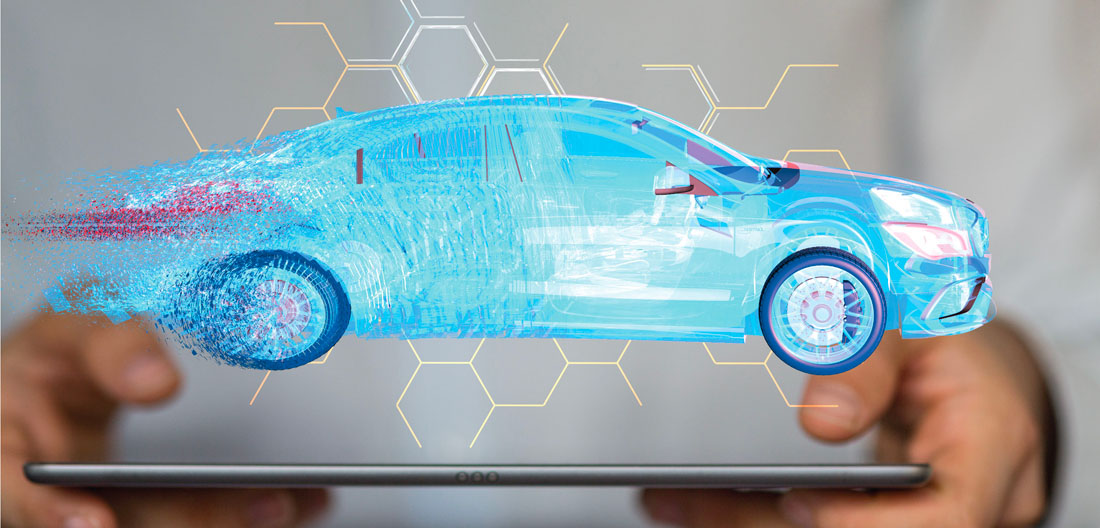
Real-time data and predictive analytics are critical success factors in servitization. For example, manufacturers like Rolls Royce see themselves as technology companies, using data and analytics to innovate constantly. They provide their customers with insights on fuel usage and predictive maintenance based on data from the engines they have sold, helping them reduce costs. This is a major evolution from its first servitization model of selling engine power and accessories by the hour.
Take the case of one of our clients—a network operator managing over 200,000 cellphone towers. It created additional revenue streams by selling signal strength and coverage data to its enterprise customer segment from the base stations that provide uptime information to operators.
In the Industry 4.0 world, data generated from connected systems also form the basis for product improvements—another significant benefit of servitization that goes beyond the generation of additional revenue streams. Additional features based on data insights then add to the competitive differentiation strength through deeper customer intimacy.
Customer value creation
Servitization is about creating value for the customer. Connected cars, for example, is about making the car an indispensable part of daily life and a superlative experience for the consumer. From remotely updating and fixing software code on the car through Over-the-Air (OTA) to providing advanced diagnostics to predict wear and tear in vehicle parts and using accessing data for better insurance and warranty processes, advanced technology is enabling a whole range of revenue streams on one piece of hardware.
Enabling servitization models for Electric OEMs: Leveraging smart assets and IoT
A servitization model requires the ability to run services continuously so that these can generate revenue consistently. This is where IoT and sensors make a difference in enabling servitization. Sensors, for example, embedded in warehouses or in assets being transported in trucks provide data to the service provider on the location and condition of assets and prevent failures or resolve issues before they happen.
Engineering companies like Innominds play an important role in this area by building next-generation assets for servitization strategies.
Smart assets
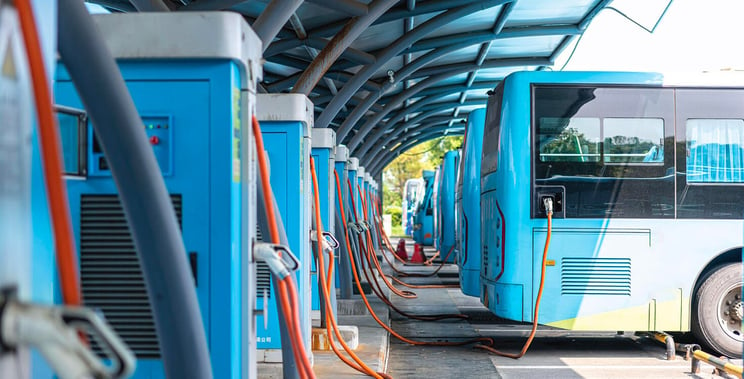
Take the case of the servitization model we enabled for an electric bus manufacturer in the US. We built a smart charging unit that can be managed over the Internet and is used to charge electric buses through a dispenser. To reduce equipment and installation costs of the charging units, the OEM wanted to use the same charger to charge multiple vehicles without having to switch manually from one vehicle to another at a charging station. In order to control multiple dispensers, the OEM wanted a new hardware module (Star Point Controller) between the charging units and the dispensers.
Innominds designed the star point controller that controls the dispensing of power units and governs the rate of charging, the safety and the prioritization of charging. Innominds leveraged its expertise in connected devices to develop the controller hardware (ARM Cortex A5) and software (operating system, board support package (BSP)) to support the device hardware. Leveraged a lightweight transport protocol for IoT—Message Queue Telemetry Transport (MQTT)—to send and receive data from AWS IoT client to end point.
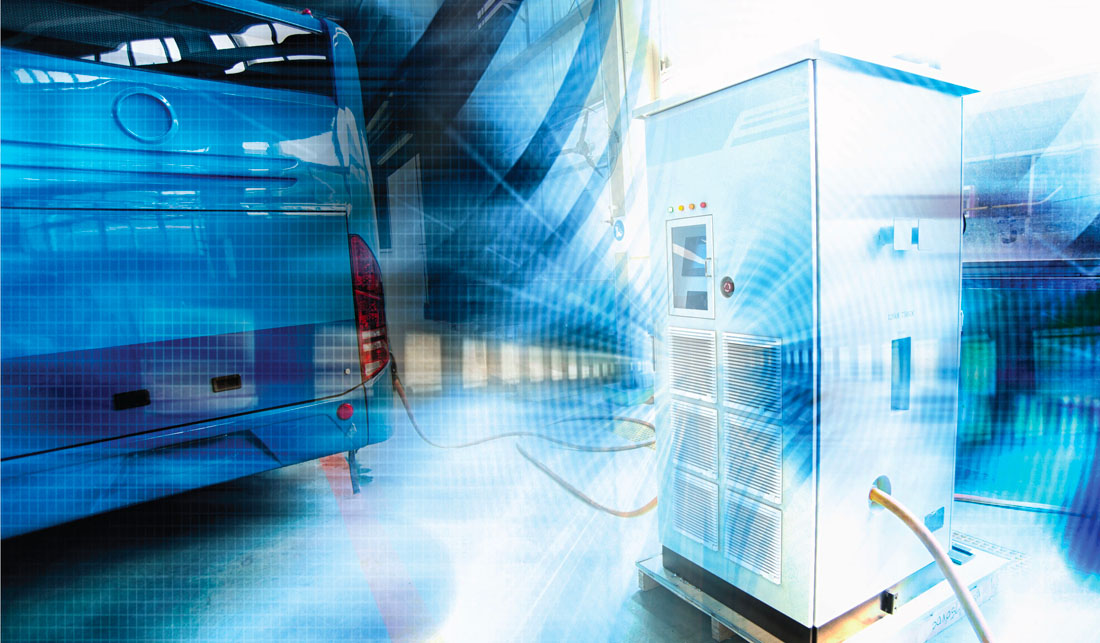
We also developed the feature that monitors the health parameters of the dispensers and the publishing of this data to the cloud. We enabled the remote control of the device by Star Point administrators. The charging station operations solution increased the efficiency of charging operations and fleet management by at least 50 percent.
For another electric vehicle OEM, Innominds built a GPS vehicle tracker – which is compliant with Automotive Industry Standard 140 – so that the client, a state-owned transportation company, could provide efficient managed services to its clients and use telematics to optimize route allocation.
Smart connected tools
Consider the case where Innominds worked on building connected tools to enable field workers in the construction industry to be more productive. Our technology solution helps field workers locate tools via a platform the client, a global construction company, built. The solution enables them to add new tools to the asset management system and update tool service reports. Innominds also created a geofence using Bluetooth beacons so that workers can keep track of expensive tools that they need to use and share, preventing their loss and reducing inventory replacement costs.
All these examples show that access to real-time data through IoT and sensors and analytics capabilities can unleash the power in servitization models. In a connected world of ecosystems, the concept of servitization has limitless potential for manufacturers to enable other related industries to provide services to their customers.
Conclusion
While advanced technology is enabling the development of servitization models that can drive significant differentiation and growth, manufacturers may need to tackle a few challenges—including changing the organizational mindset to focus on end-customer relationships and collaborating with suppliers to create innovative customer-oriented services and building new capabilities.
References
https://techcrunch.com/2019/04/30/services-really-are-becoming-a-bigger-part-of-apples-business/
“Innominds brings engineering innovation to the creation of smart assets”, by Katy Ring; 451 Research report


